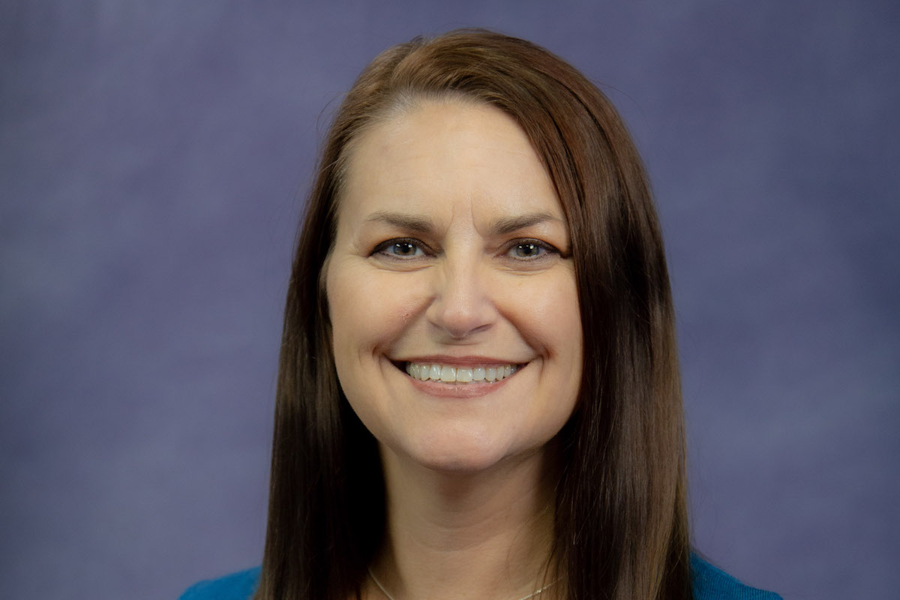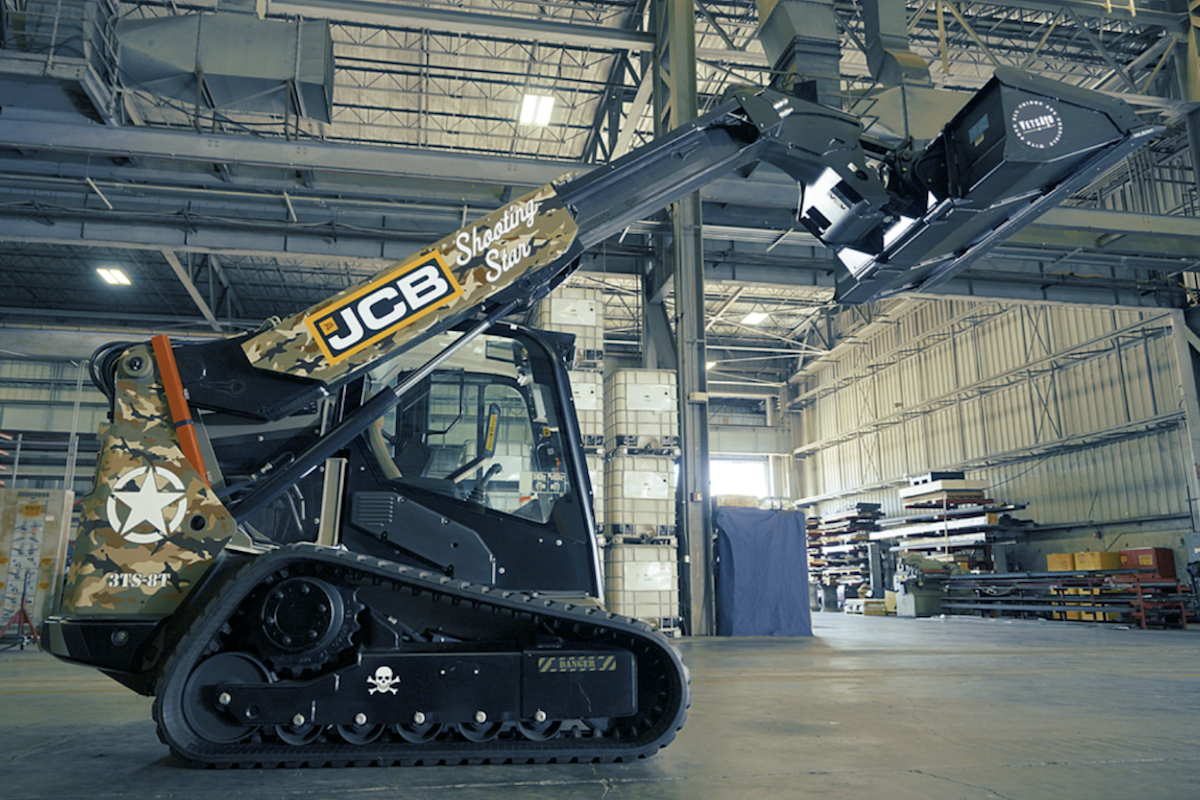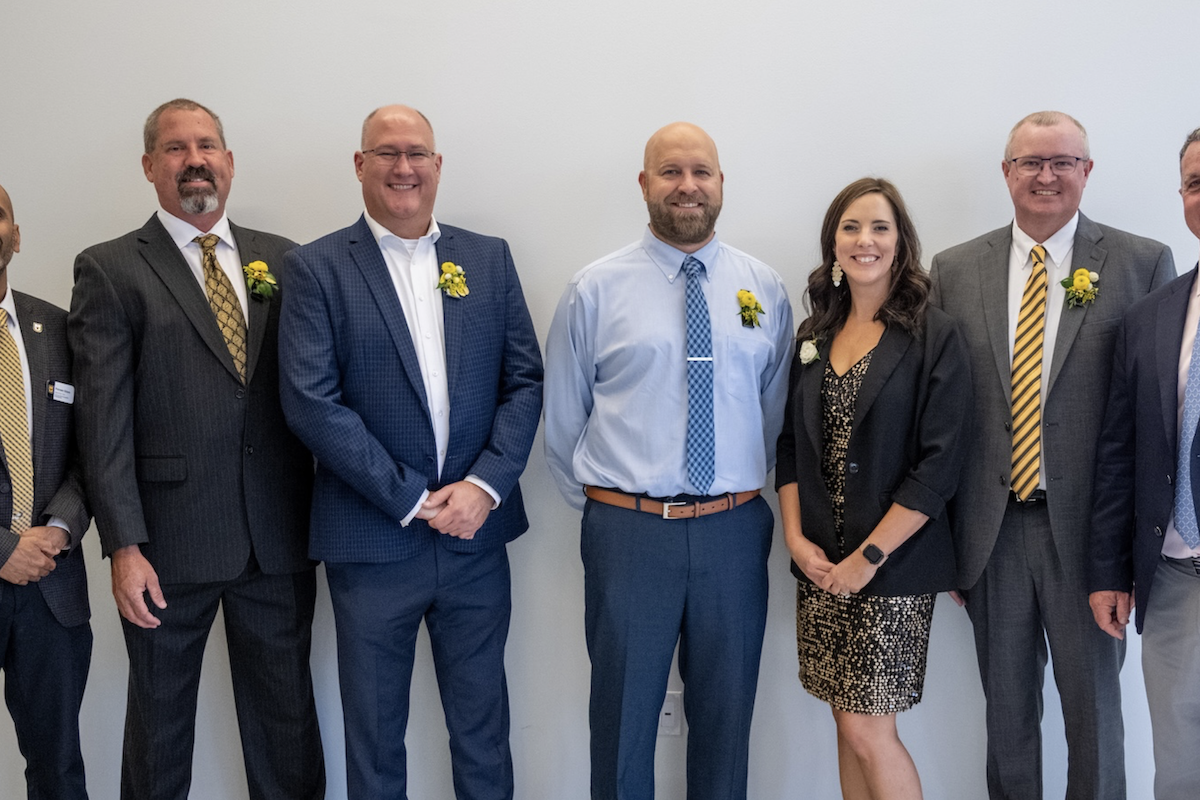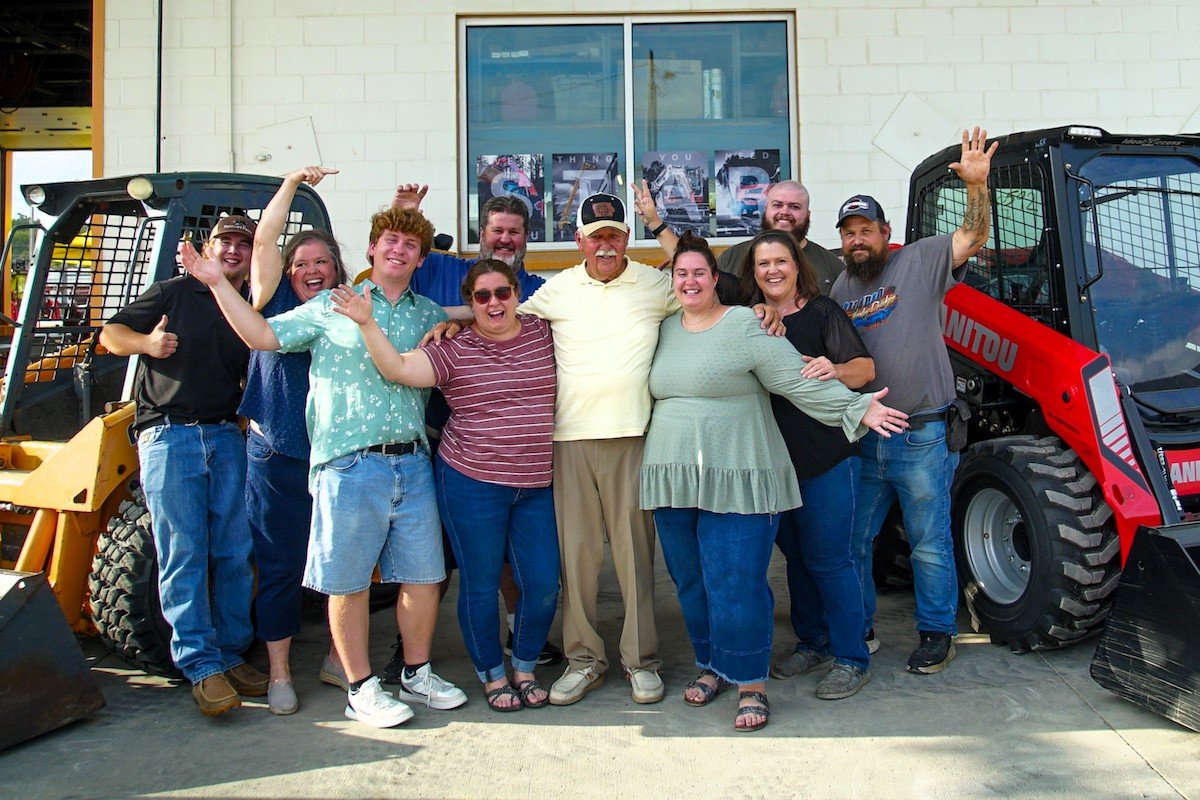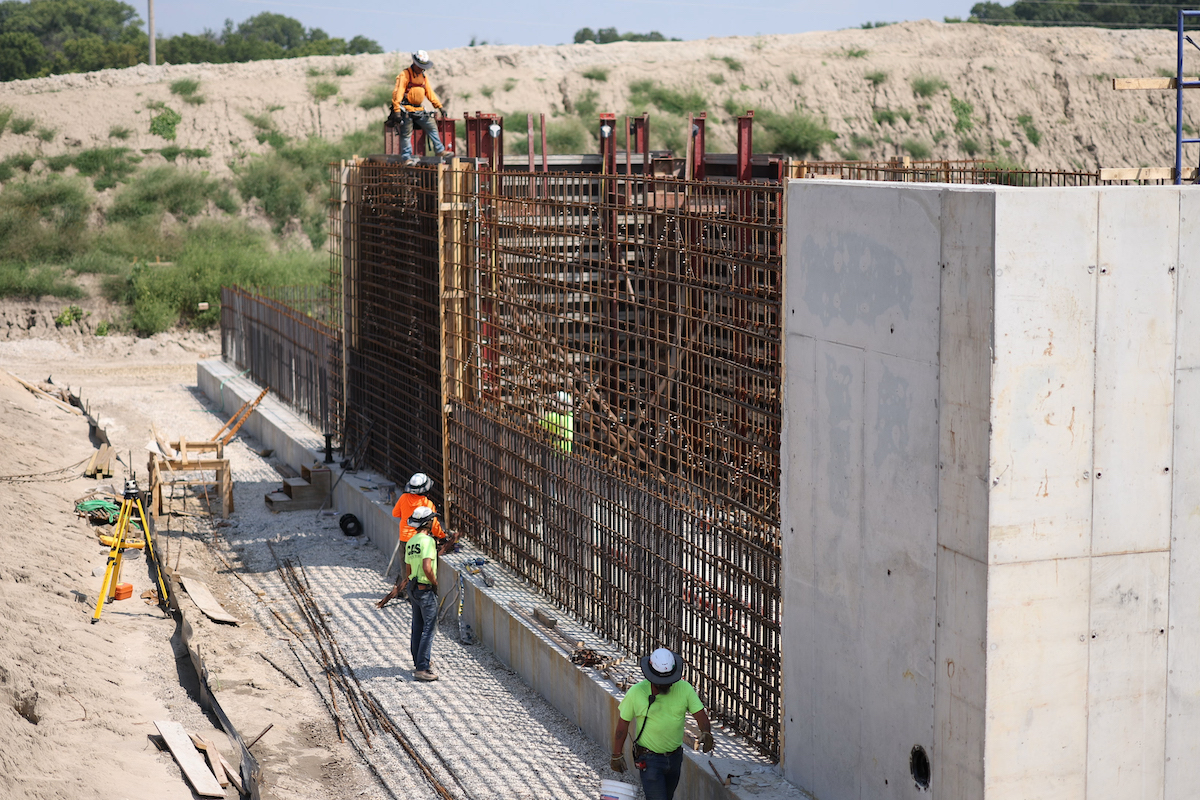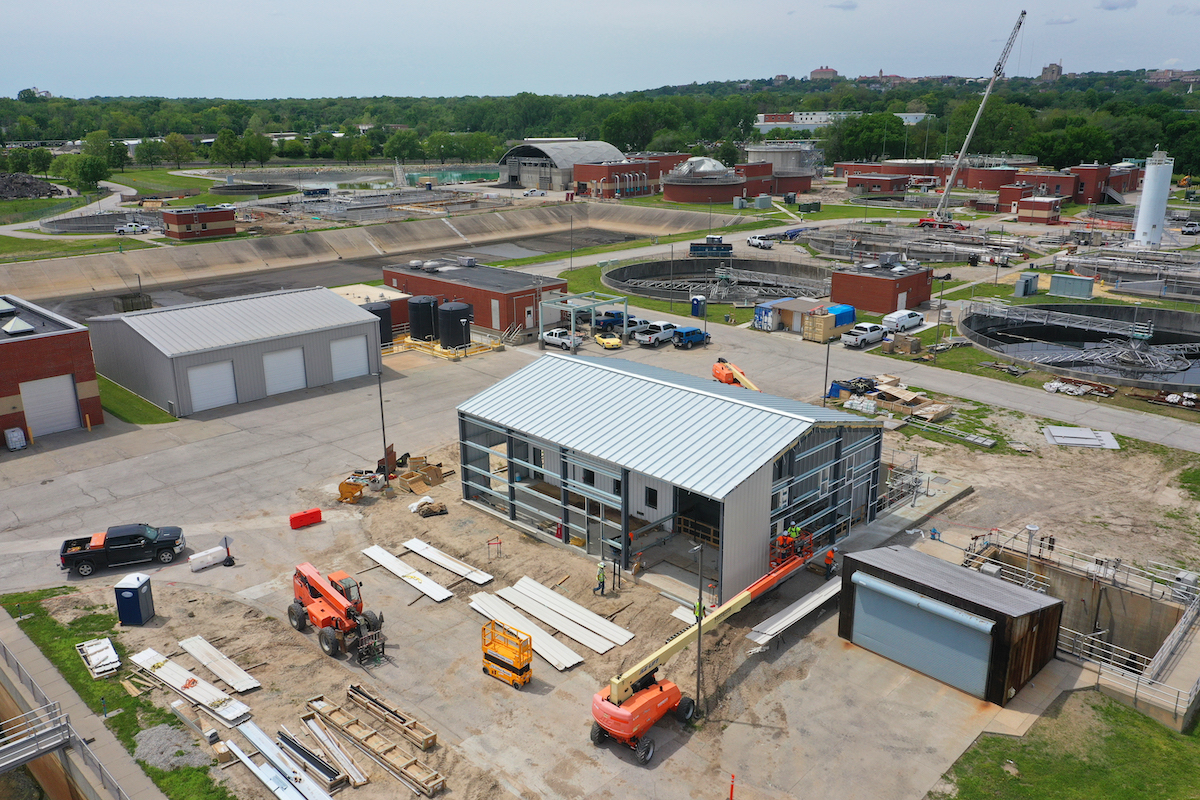The bridge built in 1960 has four lanes. The new bridge, which will serve southbound traffic while the 1990s-era bridge will be converted to handle northbound traffic, will have eight lanes. There will be four general-use lanes and four express toll lanes (two in each direction).
An additional 12-foot-wide lane will serve as a bike and pedestrian trail. In addition, the Florida Department of Transportation (FDOT) said in a project fact sheet that “the new design improves incident management in emergency response situations and provides additional capacity along a critical evacuation route. A portion of the new bridge is being constructed to hold additional weight and can accommodate potential future transit, up to a light rail transit system.”
According to FDOT’s website, “The additional express lane in each direction will better prepare the Howard Frankland Bridge for the potential of autonomous vehicles. Experts believe that initially, autonomous vehicles (passenger and transit) may operate in dedicated lanes.”
Upon completion, the new bridge will be the largest bridge — based on the square footage of a bridge deck — in Florida, at 2.6 million square feet.

| Your local Iowa Mold Tooling Co Inc dealer |
|---|
| Star Equipment LTD |
Although the bridge is 3 miles, the project length is 6 miles. There is a 2-mile-long causeway on the Pinellas side and a 1-mile-long causeway on the Hillsborough side. This roadwork is necessary to connect the bridges to landbound roads.
“Once you drive into the limestone, the bearing capacity is fairly consistent,” said Greg Fullington, a Program Manager with Archer Western. “Because the location of the limestone layer is highly variable, we performed dynamic testing using Pile Driving Analyzers [PDA] on each to confirm the required capacity is achieved.”
In more consistent underlying soils, the team performs dynamic testing on a few piles, to establish pile driving criteria to use on the remaining piles.
During pile driving, they use a PDA monitor to evaluate the capacity of a pile as it is being driven. The monitor sends a wave of reflection indicating the capacity in real-time.
The lengthy piles are costly and time-consuming to create. “We had to splice pile to get it to the needed length, which takes days,” said Jeffrey Pruett, a Vice President for UES, who served as the geotechnical engineer of record and was responsible for designing and certifying foundations.
As part of the causeway construction, the team built 13,000 linear feet of anchored bulkhead wall to hold the sand and retain it from washing away into the water. The team is installing aesthetics (sails) on the bridge that have foundations when installed on land.
To efficiently place concrete for the project, the team uses a conveyor system. A concrete truck is on the existing bridge, and the concrete is conveyed over the water (110 feet) and onto the next bridge.
“This is a better way to transport the concrete to its point of placement [rather than driving it up on the new deck] for expediency,” Fullington said. Shorter transporting times allow for better control over the quality of the concrete.
“We are constantly watching the weather on the project,” Fullington said.
At its peak, the project had a massive marine fleet (there was also a significant amount of equipment on land), including 27 cranes, seven tugboats, and 74 barges. Moving the marine fleet takes two and a half shifts, while it takes one and a half shifts to prepare the rest of the site.
“We give our people an extra day to [take] care of their personal belongings before a storm,” Fullington said. “We have to make the call [to close down the site] early in the process.”
Altogether, that is five days to prepare for a storm. Fullington estimates it takes three to four days to unpack the equipment after the all-clear sign is given.
The team follows a project specific hurricane plan when preparing for a storm and securing the equipment. So far, the team has had to deal with three hurricanes while performing construction in the water. This necessitated them moving the equipment as described above.
The bridge was designed with hurricanes in mind. According to FDOT’s website, “Hurricane evacuation plans can utilize all the lanes. In the aftermath of Hurricane Irma, this is particularly important for coastal Pinellas County, the most densely populated county in Florida.”
“When you get the opportunity to work on the biggest project in Florida, it’s exciting,” Pruett said.
The project cost has increased since the project began in the spring of 2020. The project value has risen due to enhancements implemented by FDOT, according to Fullington.
“It’s been a fantastic partnership between FDOT, CEI [Construction Engineering and Inspection, who are the owner’s representative and administer the contract], and us,” Fullington said. “We come together to find solutions and keep the project moving.”
The team spends lots of time partnering and on goal alignment. Pruett said the construction team works well together, and having the designer and contractor on the same team makes the process more efficient.
Although the project was awarded in the spring of 2020, the team did significant work on the design before beginning construction in the fall of 2020. The project is on target for its scheduled completion in late 2025. Days have been added to the schedule due to storm impacts.
The Tampa area is experiencing significant growth. The new bridge will accommodate the growth, relieve congestion, and provide multiple benefits for the community.
























